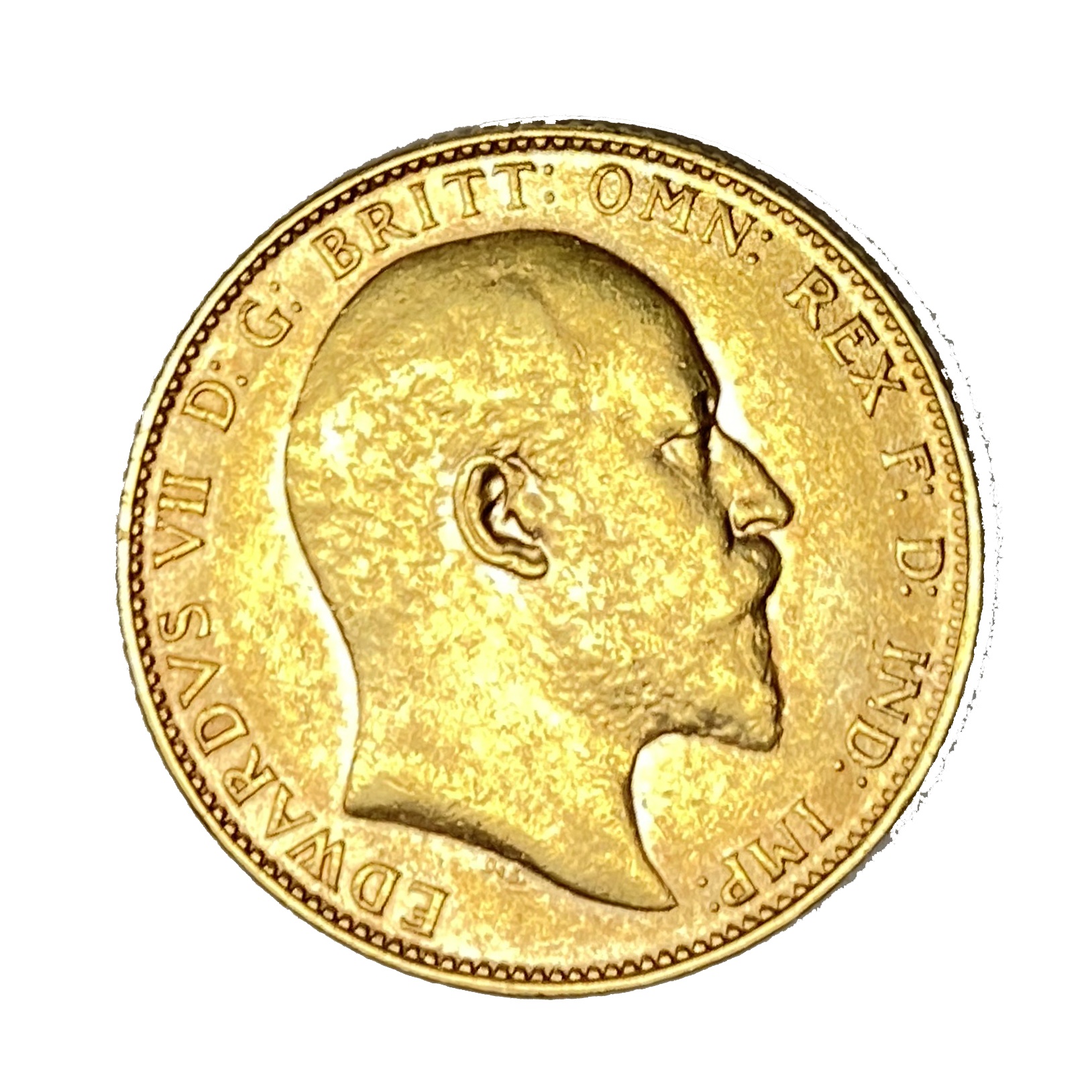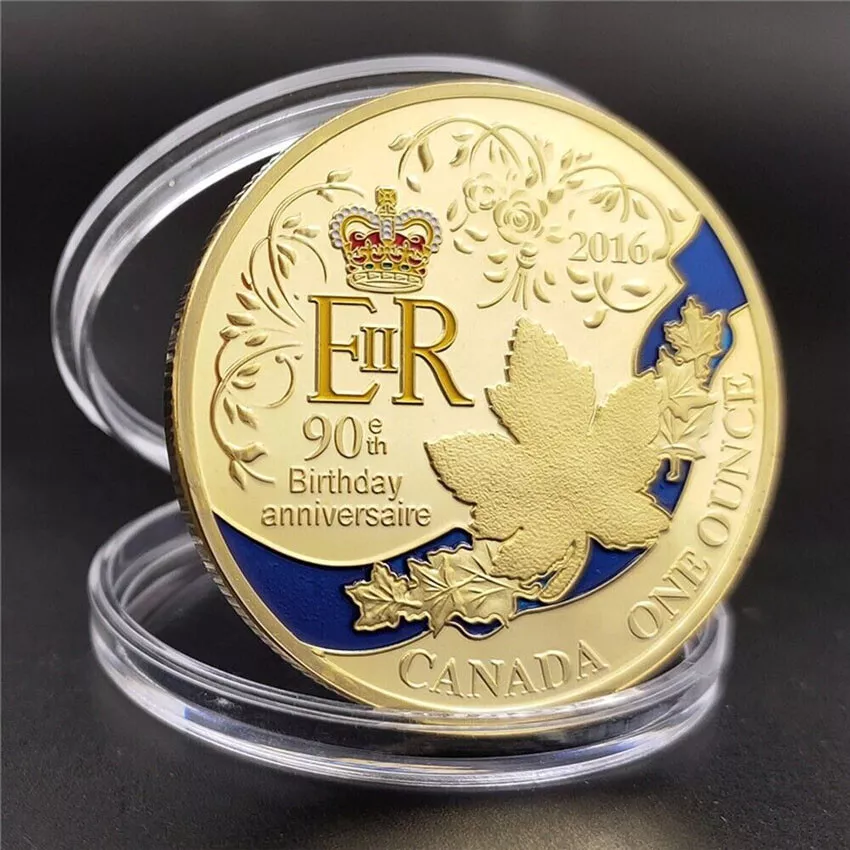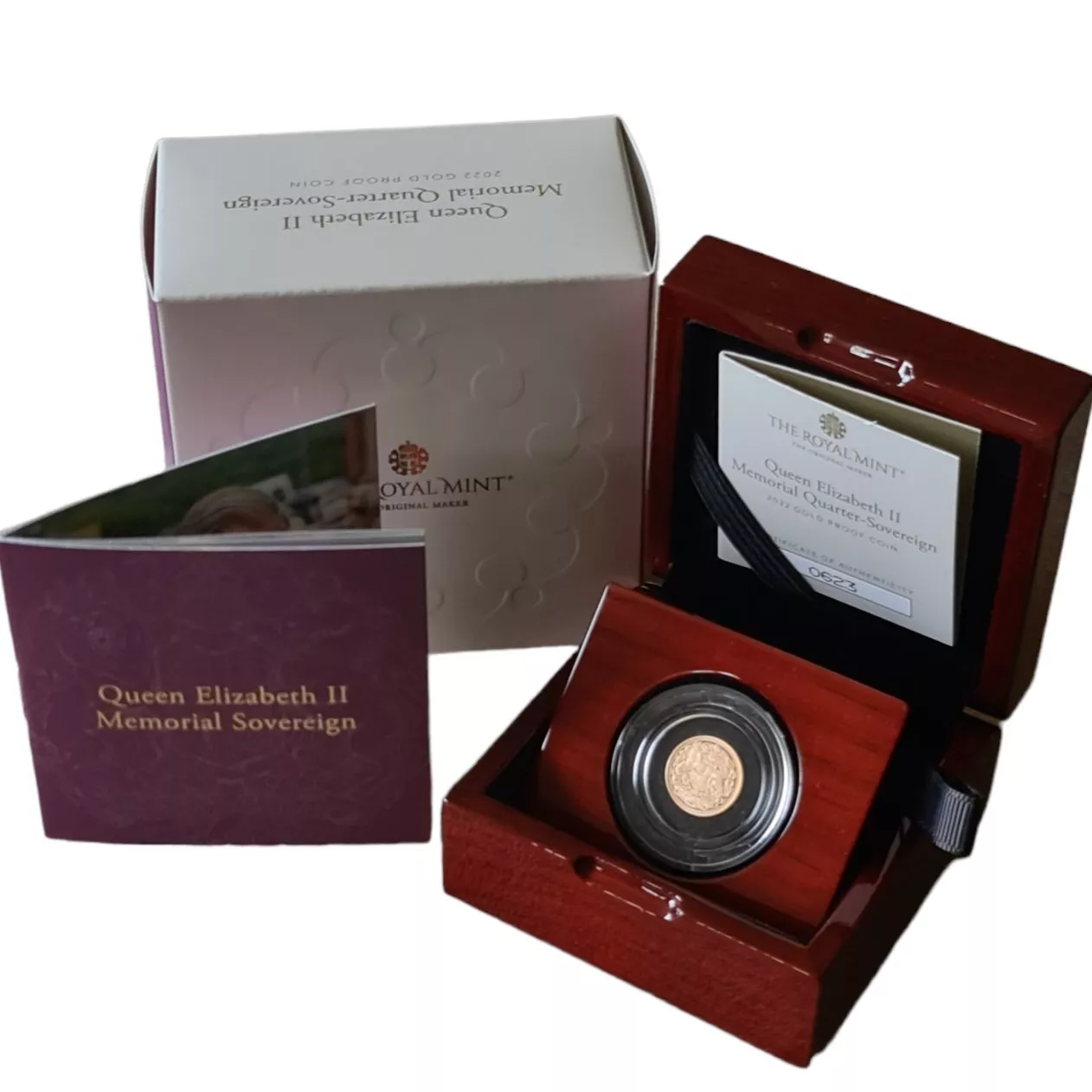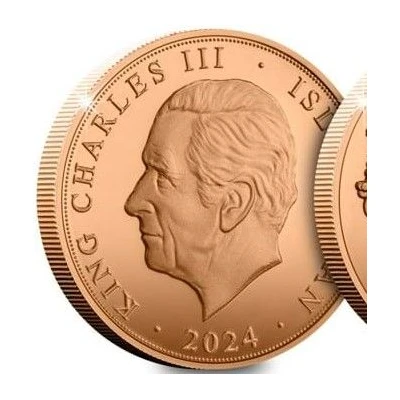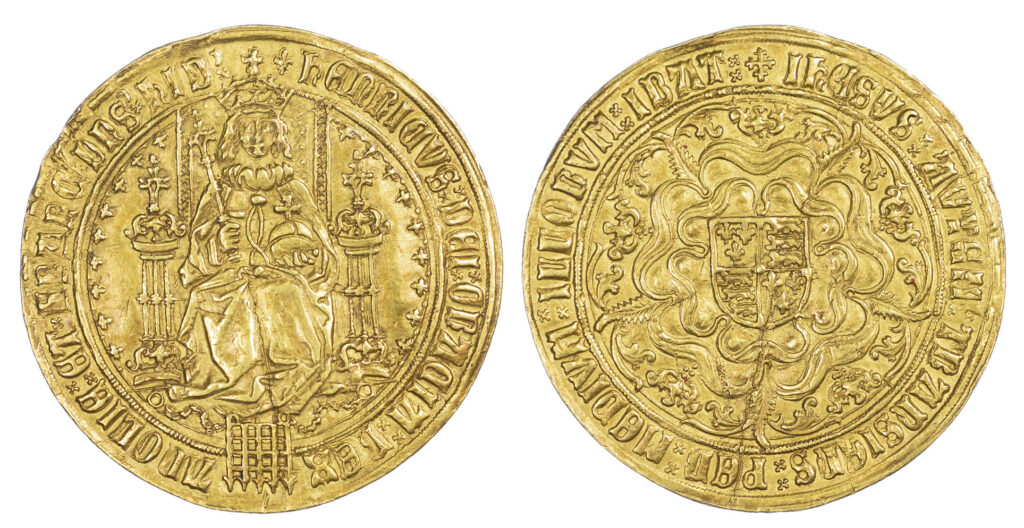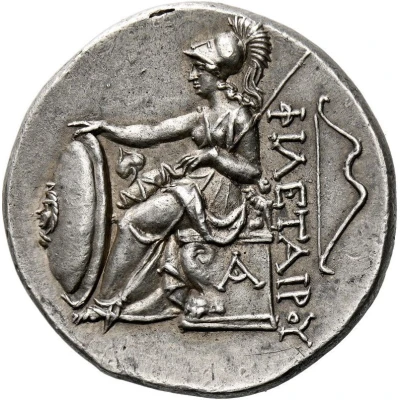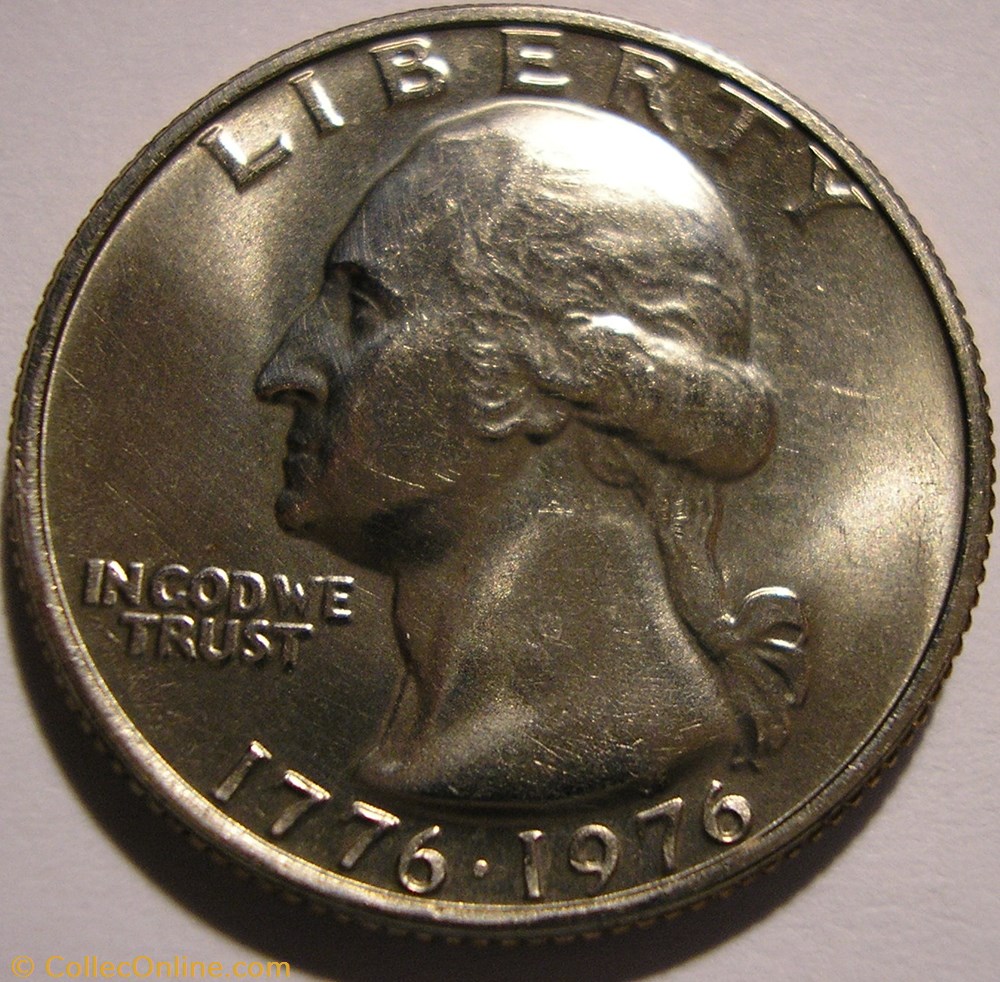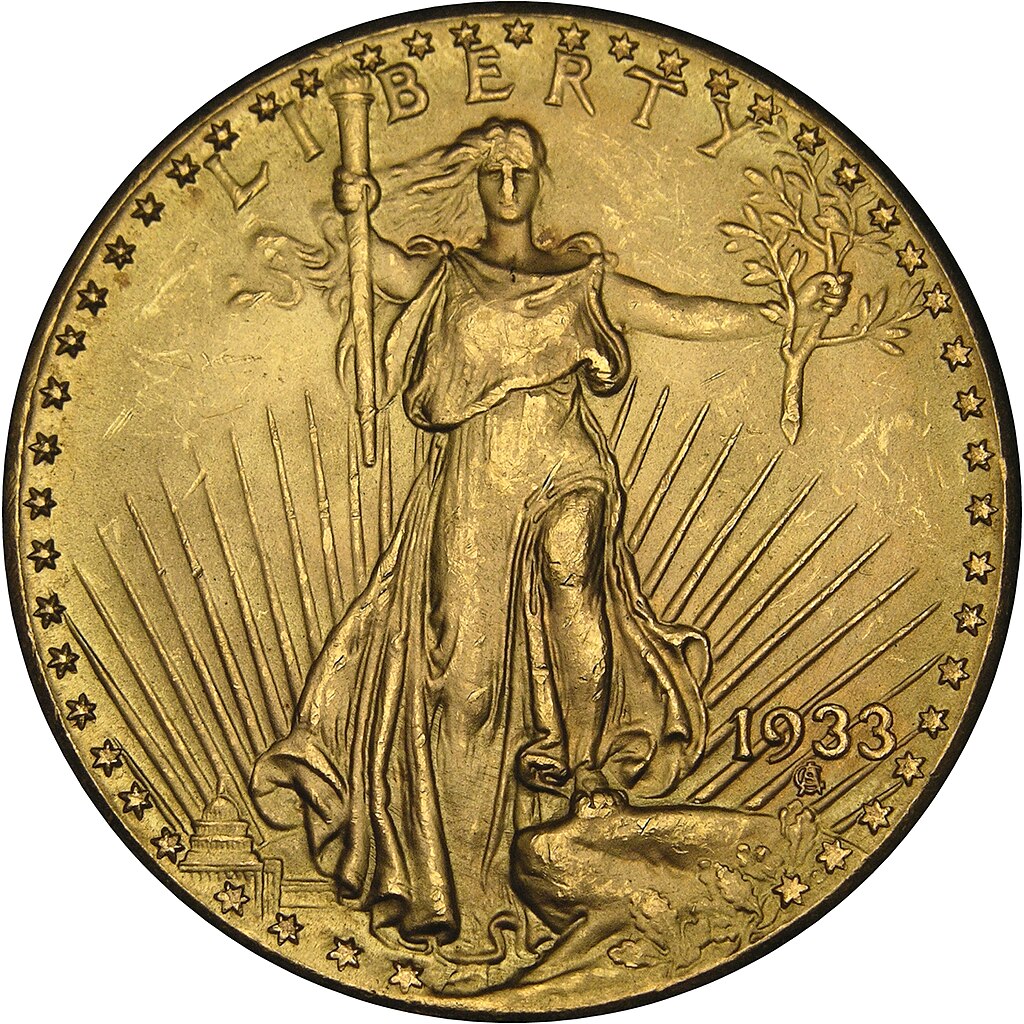The gold sovereign has long been a symbol of wealth, stability, and prestige. With a rich history dating back over 500 years, this iconic coin is treasured by collectors and investors alike. Its blend of historical significance and intrinsic value makes it a standout in the world of precious metals.
What is a Gold Sovereign?
The gold sovereign is a small, highly recognizable coin that originated in England in 1489 during the reign of King Henry VII. Known for its purity and craftsmanship, the modern sovereign features a depiction of Queen Elizabeth II on the obverse and the classic Saint George slaying the dragon on the reverse.
Why Invest in Gold Sovereigns?
- Historical Value: Beyond its gold content, the sovereign carries a unique historical charm, making it a sought-after collectible.
- Liquidity: Gold sovereigns are recognized globally, ensuring ease of trade or sale.
- Hedge Against Inflation: Gold is a proven store of value, and sovereigns combine this advantage with numismatic appeal.
- Exempt from Capital Gains Tax (UK): In the UK, profits from selling gold sovereigns are often exempt from capital gains tax due to their status as legal tender.
Collecting vs. Investing
For collectors, older gold sovereigns with rare mint marks or limited production runs hold particular appeal. Investors, on the other hand, may prefer modern sovereigns for their lower premiums and standardized gold content.
